Land threatened with housing development on the banks of the River Tay is an “important wildlife sanctuary,” an expert has found.
Residents living close to the Cargill Beat stretch of the river feel it is only a matter of time before landowner Timothy Coupe applies for permission to build in the secluded spot.
Neighbour Michael Foreman commissioned environment consultant Paul Hanson to inspect the land.
Michael said Mr Coupe previously told him he intended to build at least two eco-homes next to the river.
Mr Hanson is director of Perth environment consultancy Arboretum Internationale.
The expert said the piece of land had been “left to nature”. Back in the 1900s it was part of the grounds attached to the neighbouring mansion Balhomie House.
He continued: “Anecdotal evidence indicates that red squirrels, Roe deer, a wide variety of bird and insect species use the site.
“With only the immediate neighbours infrequently walking through the site, this largely undisturbed riparian woodland pasture presents an important wildlife sanctuary as an integral link of the riverside woodland from Perth, north to the River Isla crossing by Meikleour.”
Old landowner broke planning rules
Perth and Kinross planners cautioned previous land owner Sorcha Bruce and family for allowing basic development on the stretch of land between the A93 and the River Tay without obtaining planning permission.
That came before Mr Coupe bought the 5.7 hectares of riverside property for £160,000 on October 31, 2022.
Companies House records show Mr Coupe previously ran a company involved in the development of building projects.
Perth and Kinross planning officials ruled that work on an access track through the land constituted a “breach of planning control” in July last year.
They did not, however, use enforcement powers to compel the landowner to restore the site to its previous state.
Mr Hanson concluded: “Any development proposal, for housing or other activity such as an ATV or mountain biking trail, must be subject to a stringent and comprehensive ecological assessment.”
He suggested the area could become a Local Nature Conservation Site. That scheme identifies “locally important natural heritage that could be damaged by development”.
Mr Hanson appeared mystified by the development work done prior to the land sale in October last year.
“Though the works have been undertaken under the guise of improving access to the site there is no obvious reason to improve the access. The recently formed track simply terminates with no turning circle.
“The access does not appear to have been utilised since its formation, one can only wonder at the need to improve an access that no-one uses.”
Worried neighbours commissioned study
Michael Foreman owns neighbouring Balhomie House. He commissioned Mr Hanson to provide a professional view.
Michael said: “This is a site where there has been no human habitation in recorded history. It provides an essential habitat for local wildlife.
“Any form of development would have a negative impact far wider than the site itself.”
Neighbour George Logan said the land through “lack of management” had “become an oasis of diverse wildlife”.
“It is a true rewilded area in a time of rewilding our land. A refuge for deer and squirrels as well as plants and birds. That included owls and other raptors. It also includes a sizeable population of the ‘vulnerable’ Lesser Butterfly orchid. As well as other orchid species.”
We contacted Mr Coupe at his home in the North West of England. He declined to comment.
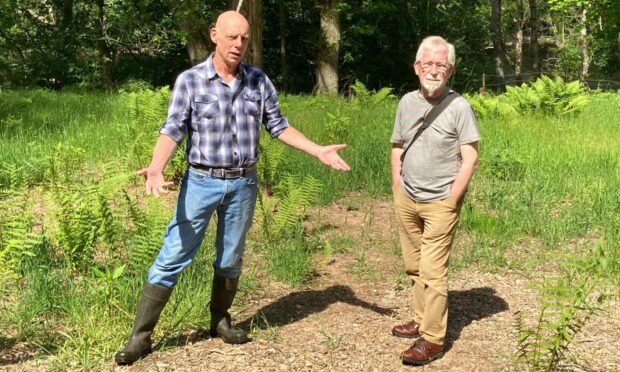
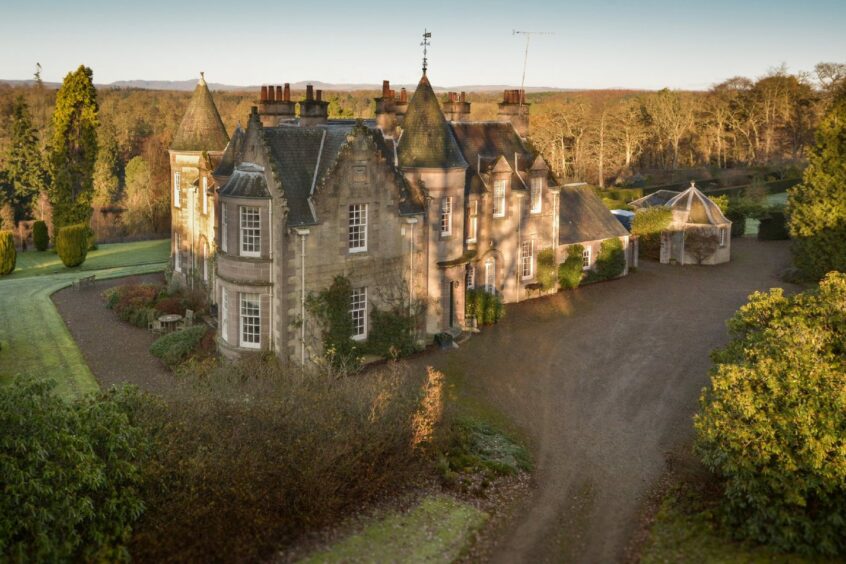
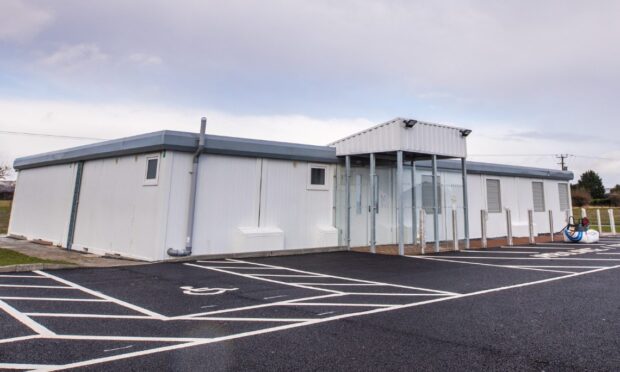

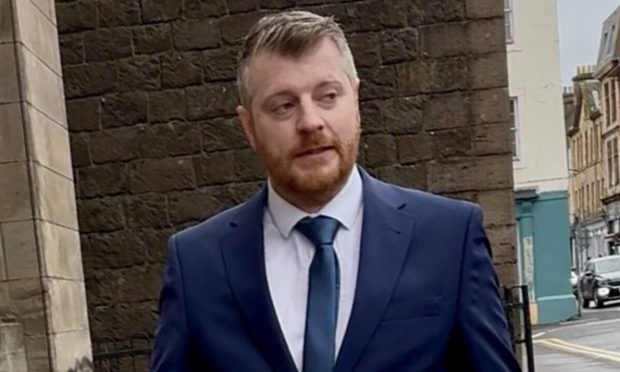


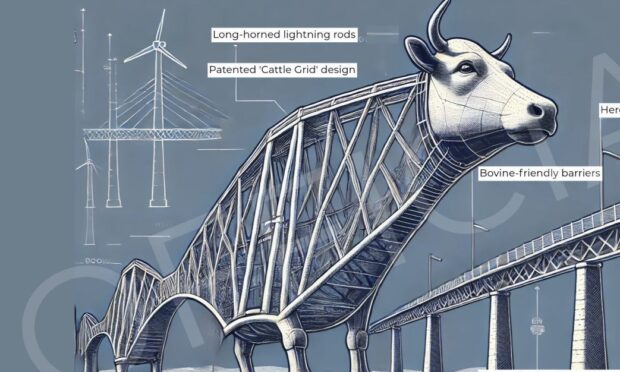
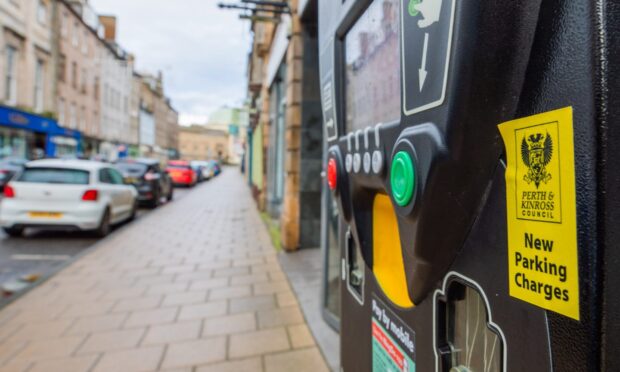
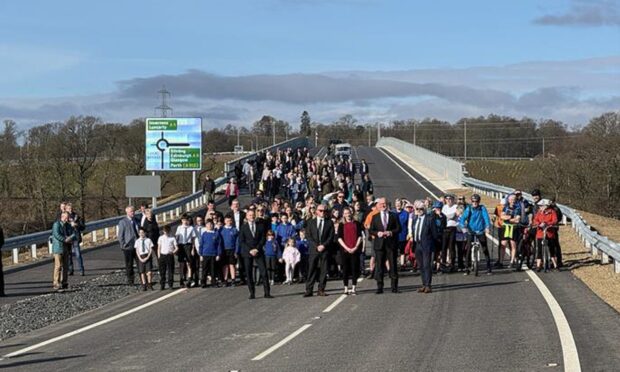
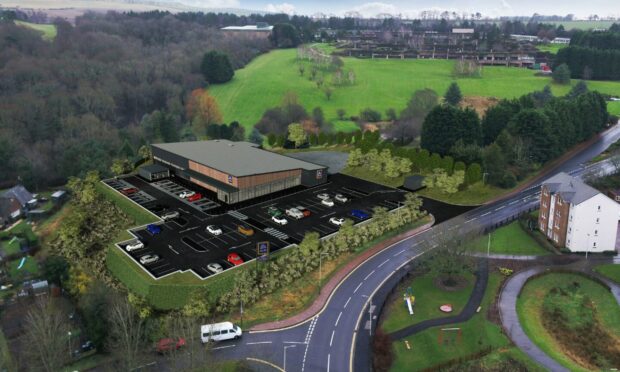
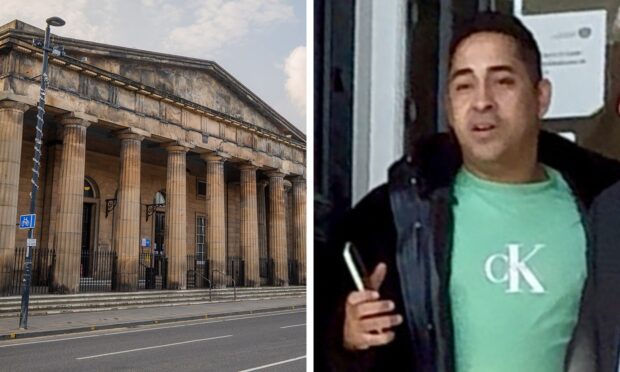
Conversation